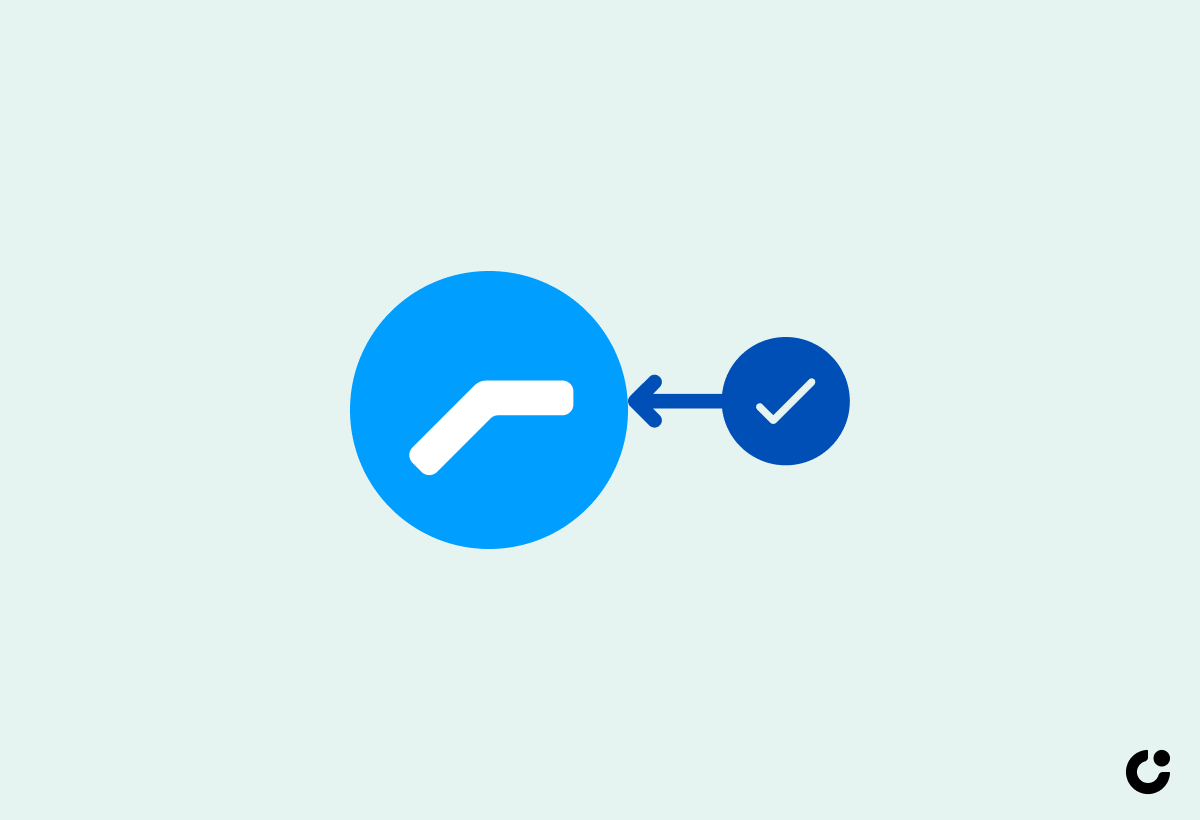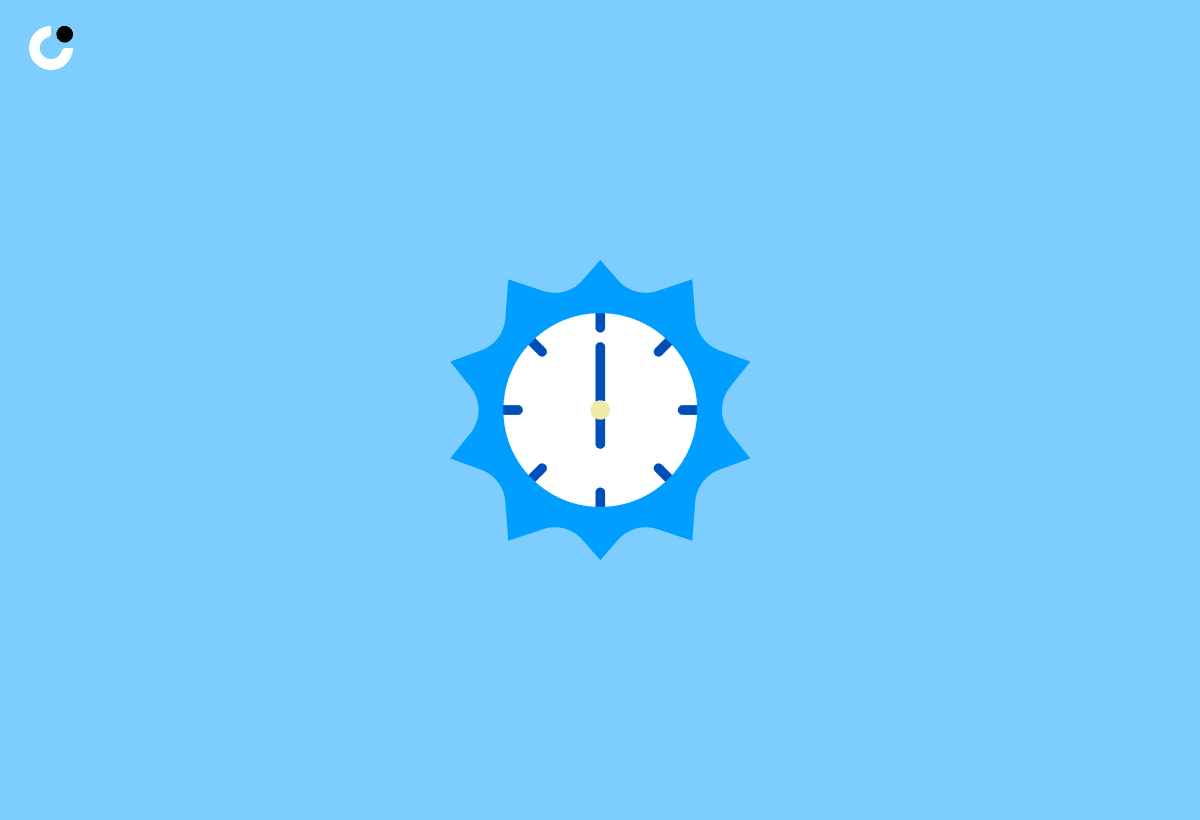Are you struggling to maximize the open rates and engagement of your sales emails? The secret to boosting your email campaign success might be hiding in plain sight - timing. Knowing when to send sales emails can significantly increase their effectiveness, leading to higher open rates, more clicks, and ultimately, more conversions.
In this comprehensive guide, we’ll unveil the best days and times for sending sales emails and provide actionable tips to enhance your email marketing strategy. From understanding the importance of midweek momentum to navigating time zones for global email campaigns, we’ve got you covered. Let’s unlock the secrets of when to send sales emails and elevate your email marketing game.
Key Takeaways
- Unlock the secrets of sales email timing by analyzing past campaigns, researching industry-specific timings and A/B testing.
- Optimize success by understanding the best weekdays for sending emails based on your target audience’s preferences.
- Leverage automation tools to ensure consistent delivery and adapt to audience behavior for maximum effectiveness.
Unlocking the Secrets of Sales Email Timing

Timing plays a significant role in the success of email marketing campaigns. Identifying the best time to send sales emails can significantly improve your open rates and engagement, leading to a higher return on investment (ROI) for your marketing efforts.
The optimal time for sending sales emails varies depending on a range of factors, including the industry, target audience, and location. All of these need to be taken into account when planning marketing email campaigns. Crafting engaging email subject lines can also greatly impact your open rates and overall campaign success. It’s essential to analyze when marketing emails occurred to optimize future campaigns.
To determine the most effective timing for your sales emails, consider the following:
- Analyze past campaigns to identify patterns or trends in open and response rates.
- Research industry-specific timings and best practices.
- Conduct A/B tests to compare different send times and measure their impact on engagement.
By considering these factors and conducting tests, you can determine the optimal timing for your sales emails and improve the success of your campaigns.
Decoding the Best Weekdays for Sales Emails

When it comes to the best weekdays for sending sales emails, midweek days like Tuesday, Wednesday, and Thursday are usually considered the most effective. However, Monday and Friday can also be advantageous depending on your target audience.
Understanding which days of the week yield the highest open rates and engagement can help you plan your email campaigns more strategically and maximize their success. The upcoming sections will detail the benefits of sending sales emails on different weekdays.
Midweek Momentum

Over the past few days, it has become evident that midweek days, such as Tuesday, Wednesday, and Thursday, are generally considered the best days for sending sales emails due to higher open rates and engagement. At this point in the week, individuals have typically already settled into their work, allowing them to give attention to emails outside of their primary tasks.
Research suggests that Thursdays have the highest open rates, followed by Tuesdays as the second-highest. Thus, focusing your email marketing efforts during midweek can dramatically improve your chances of reaching your prospects when they are most receptive to your message.
The Monday Opportunity

Monday presents an opportunity to send sales emails, as individuals may be more open to new information at the start of the workweek. Data suggests that Monday morning emails can have a positive effect on conversion rates, with open rates increasing in the morning between 9-10 AM.
So, while many marketers may shy away from sending sales emails on Monday, taking advantage of this day can prove fruitful for your campaigns. Sending emails on Monday between 9 a.m. and 3 p.m. could help your emails stand out and leave an impression at the start of the workweek.
The Friday Debate

Friday is a debated day for sending sales emails, as some people may be winding down for the weekend, while others may be more open to engaging with emails. Data indicates that Fridays boast consistent email open rates, reaching nearly 19% globally, which makes it one of the most advantageous days for email engagement.
Understanding your target audience’s preferences and habits plays a crucial role in determining whether Friday is an opportune day for your sales emails. Analyzing your audience’s behavior and engagement patterns will guide your decision on whether to include Fridays in your email marketing strategy.
Timing Is Everything: Identifying the Best Hours for Your Sales Emails

The best hours to send sales emails vary depending on the audience, but common timeframes include mornings, afternoons, and evenings. By considering factors such as audience demographics, industry, and work schedules, you can identify the most suitable hours to send your sales emails and maximize engagement.
The next sections will discuss the benefits of sending sales emails during different timeframes, such as morning, afternoon, and evening. This knowledge will empower you to make data-driven decisions about the best hours for your sales emails and optimize your email marketing strategy.
Morning Launch

Mornings are often a good time to send sales emails, as people are starting their day and checking their inboxes. Research suggests that 8 a.m. is the optimal time for sending sales emails, as it yields the highest open rates and click-through rates. By sending emails in the morning, you increase the chances of your message being seen and engaged with before your recipients’ day becomes hectic.
Keep in mind that your target audience’s location and time zone will influence the best time for morning emails. Adjust your send times accordingly to ensure that your sales emails reach your recipients when they are most likely to be checking their inboxes in the morning.
Afternoon Peak

Afternoon hours can also be effective for sending sales emails, as people may be taking breaks or looking for distractions from work. The most suitable hours in the afternoon for sending sales emails are between 3:00 PM and 4:00 PM. This timeframe is likely to yield the highest rate of email engagement due to people checking their emails again after lunch or towards the end of the workday.
Avoid sending sales emails during the late afternoon slump, typically between 3 pm and 5 pm, to prevent decreased engagement and response rates. By carefully selecting the best afternoon hours for your sales emails, you can ensure that your message reaches your audience when they are most likely to engage with it.
Evening Insights

Evening hours can provide an opportunity for sales emails to be opened by recipients who are winding down from their day and have more time to engage with content. However, studies have indicated that the engagement rate of sales emails sent in the evening is usually lower than other times of the day.
To maximize the chances of your sales emails being opened in the evening, consider factors such as your target audience’s location, time zone, and personal preferences. By tailoring your send times to the unique needs of your audience, you can increase the likelihood of your sales emails being opened and engaged with during the evening hours.
Navigating Time Zones for Global Email Campaigns

Sending sales emails to a global audience requires considering time zones and adjusting send times accordingly to maximize engagement. For example, the optimal time to launch an email campaign in Europe, the Middle East, and Africa is between 8 am and 7 pm.
Understanding your target audience’s time zones and adjusting your email send times accordingly will ensure your sales emails reach your recipients at the most favorable times. This attention to detail can result in higher open rates, more clicks, and ultimately, better overall campaign performance.
Crafting Compelling Subject Lines for Timely Openings

Compelling subject lines are key for timely email openings and can significantly impact open rates. Your subject line is the first thing your recipients see when they receive your sales email, and it plays a crucial role in determining whether they open the email or ignore it.
An effective subject line should incorporate:
- Curiosity
- Urgency
- Relevancy
- Value
- Emotion
By creating engaging subject lines that resonate with your target audience, you increase the chances of your sales emails being opened and read, ultimately leading to higher engagement and conversion rates.
Mobile Devices and Email Marketing Strategy

Mobile devices play a significant role in email marketing strategy, and optimizing emails for mobile viewing is crucial for maximizing engagement. Research shows that over 61.9% of emails are opened on mobile devices.
Making your sales emails mobile-friendly addresses the increasing number of users who access their emails on mobile devices. This, in turn, can lead to higher open rates, increased click-through rates, and ultimately, more conversions. Make sure your email design, layout, and content are optimized for mobile viewing to create a seamless experience for your recipients, regardless of the device they use.
Analyzing Email Metrics to Refine Send Times

Analyzing email metrics, such as open rates and click-to-open rates, can help refine send times and improve overall campaign performance. By tracking these metrics, you can identify the best days and times for sending your sales emails, making data-driven decisions to enhance your email marketing strategy.
The subsequent sections will further explain the significance of open rates and click-to-open rates, and how these metrics can guide adjustments to send times and contribute to more successful email campaigns.
Dive into Open Rates

Open rates provide valuable insights into the effectiveness of email send times and can help identify the best days and times for sending sales emails. Factors that can impact your email open rates include:
- The sender name
- The subject line
- Relevance to subscribers
- Urgency
By considering these factors, you can improve your email open rates and increase the success of your email campaigns.
By analyzing your open rates, you can:
- Identify patterns and trends that can inform your email marketing strategy
- Ensure that you send your sales emails at the optimal times for your target audience
- Increase engagement and clicks
- Improve overall campaign performance.
Understanding Click to Open Rate

Understanding the click-to-open rate can help determine the effectiveness of email content and calls to action, which can inform adjustments to send times. The click-to-open rate gives us a measure of how many of our email recipients actually opened the email. It also tells us how many of the opened emails resulted in clicks on the links within the email, providing insight into the click through rate.
By analyzing your click-to-open rates, you can identify areas for improvement in your email content and calls to action, ultimately leading to more successful sales email campaigns.
Understanding this metric can offer insights into the optimal times to send your sales emails, increasing the likelihood of your target audience engaging with your content and taking the desired action.
The Art of A/B Testing in Perfecting Email Schedules

A/B testing is a useful tool for refining email schedules and determining the optimal days and times to send sales emails for maximum engagement. By sending two versions of a sales email that are nearly identical, with one factor that varies between them, you can compare how each version performs and make data-driven adjustments to your email schedule.
Conducting A/B tests can help you fine-tune your email marketing strategy, ensuring that you send your sales emails at the most opportune moments for your target audience. This attention to detail can result in higher open rates, more clicks, and ultimately, better overall campaign performance.
Leveraging Automation for Consistent Email Delivery

Automation tools can help maintain a consistent email delivery schedule, ensuring that subscribers receive emails at the optimal times for engagement. By automating your email marketing campaigns, you can save time and resources while ensuring that your sales emails are delivered consistently and on time.
Effective automation tools for consistent email delivery include:
By leveraging automation, you can optimize your email delivery times to enhance engagement, improve open rates, and increase the overall success of your email marketing campaigns.
Adapting to Audience Behavior and Seasonality

Adapting to audience behavior and seasonality can maximize the effectiveness of sales email campaigns, since factors like holidays and industry trends can impact open rates and engagement. By aligning your email marketing strategy with industry trends and holidays, you can boost open rates and engagement by providing pertinent and timely content to your subscribers.
Understanding your target audience’s behavior and being prepared to adjust your email campaign strategy based on seasonal trends, changes in their lifestyle, or shifts in the market is essential for successful email marketing. By staying attuned to the preferences and habits of your audience, you can craft more personalized and relevant email campaigns that resonate and drive results.
Summary
In conclusion, maximizing open rates and engagement for your sales emails requires a deep understanding of the best days and times for sending emails, as well as adapting to audience behavior and seasonal trends. By leveraging automation tools, A/B testing, and analyzing email metrics, you can optimize your email marketing strategy and ensure the success of your campaigns.
Remember, the key to a successful sales email campaign lies in understanding your target audience, crafting compelling subject lines, and sending your emails at the optimal times. With these strategies in place, you can elevate your email marketing game and drive better results for your business.
Frequently Asked Questions
What are the best days of the week to send sales emails?
Tuesday, Wednesday, and Thursday are the best days for sending sales emails as they tend to have higher open rates and engagement.
How can I determine the best time to send sales emails?
Analyze previous campaigns, consider industry-specific timings, and conduct tests to determine the best time for sending sales emails.
What is the significance of mobile devices in email marketing strategy?
Mobile devices are crucial for email marketing success, as over 61.9% of emails are opened on mobile devices. Optimizing emails for mobile viewing can help maximize engagement.
How can A/B testing help improve my sales email campaigns?
A/B testing can help you optimize email schedules and maximize performance, enabling you to make data-driven decisions for your sales email campaigns.
How can I adapt my email marketing strategy to audience behavior and seasonality?
Align your email marketing strategy with industry trends and holidays, understand your target audience's behavior, and craft personalized and relevant campaigns for maximum resonance and success.

